Articles Ageing and Exercise
As we age our bodies begin to change. Unfortunately, not in a good way : (
- loss of muscle mass
- decline in strength
- loss of bone density
- increase in body fat
- loss of balance
- loss of cardiovascular fitness
- deterioration of joints and tendons
- loss of flexibility
- reduced capacity to heal and repair itself
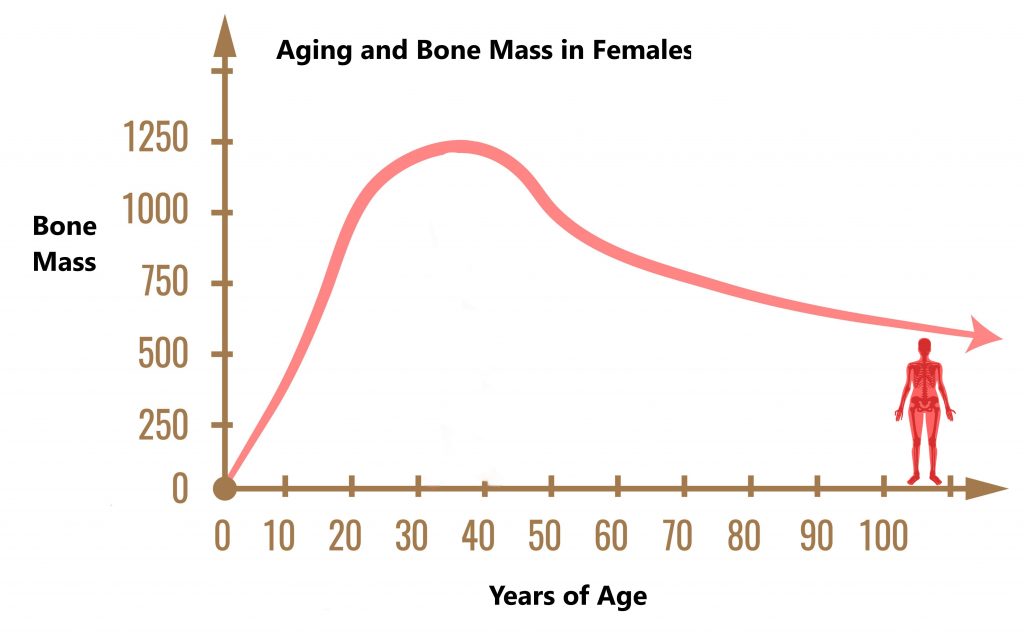
The good news is a lot of these processes can be slowed down or even reversed with regular exercise : ) Numerous studies have also demonstrated exercise can help improve mood, relieve stress, relieve pain and prevent the development of chronic diseases (i.e. heart disease, stroke, diabetes, Alzheimer’s).
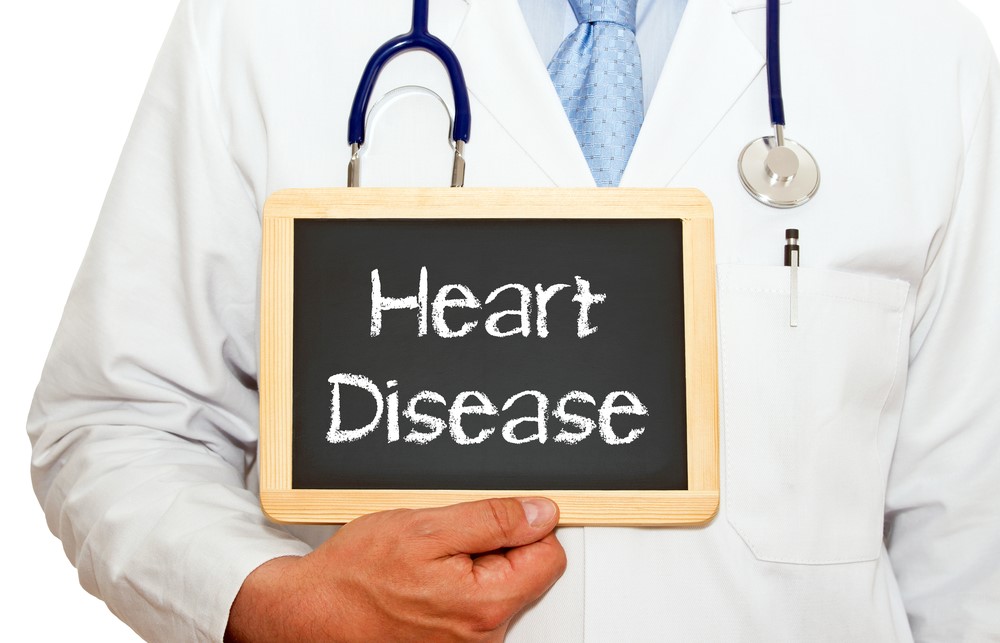
In order to get the benefits of exercise it is recommended you do at least 30 min of activity 5 days per week, consistency is the key. Many people cringe at the idea of joining a gym or partaking in a group exercise class. But that’s okay, just being active and engaging in some kind of physical activity will help i.e. house chores, gardening, walking the dog, taking the stairs rather than using the lift.
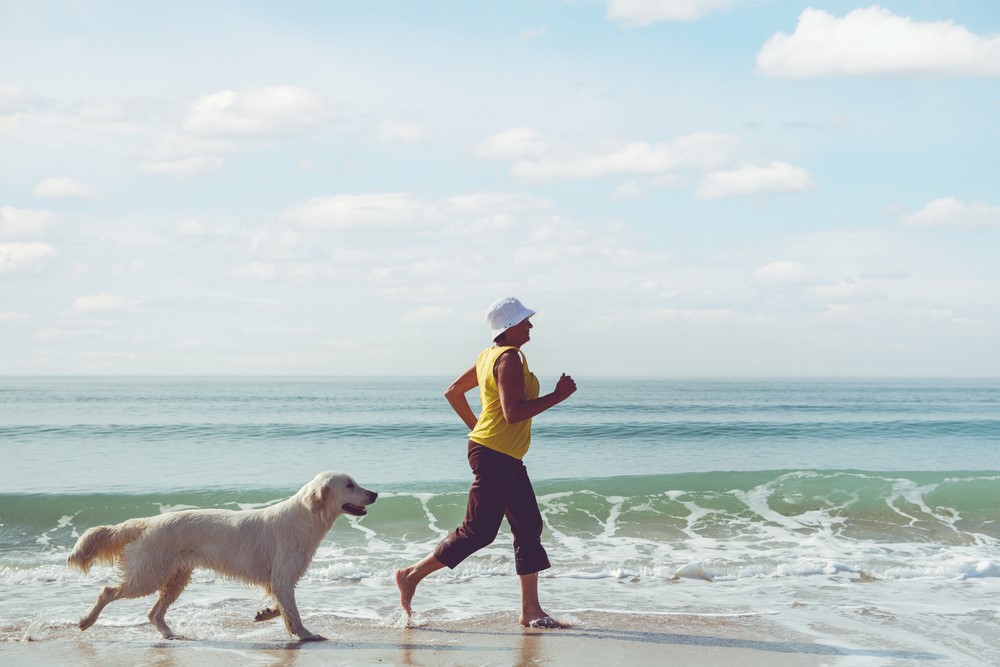
There are 4 main types of exercise:
Strength
This type of exercise involves working against resistance, this can include lifting weights or using your own body weight. Strengthening makes your muscles, joints, ligaments, tendons and bones stronger. This type of exercise is beneficial for conditions such as osteoporosis, osteoarthritis and joint problems.
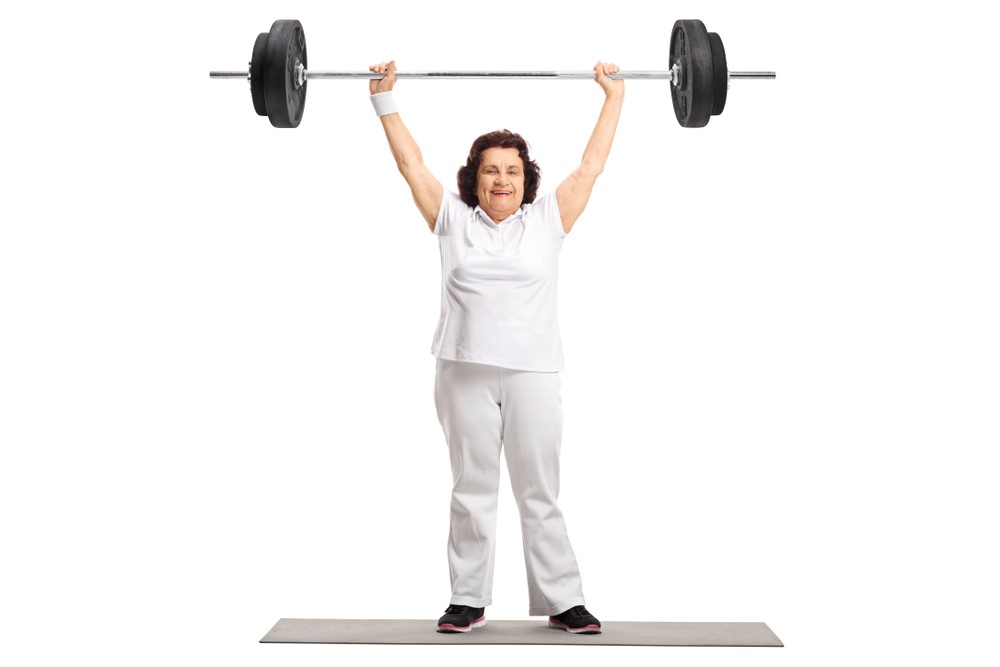
Flexibility
This type of exercise involves stretching and range of motion exercises. Flexibility exercises help to maintain and improve the movement in your joints. This type of exercise is beneficial for conditions such as chronic pain.
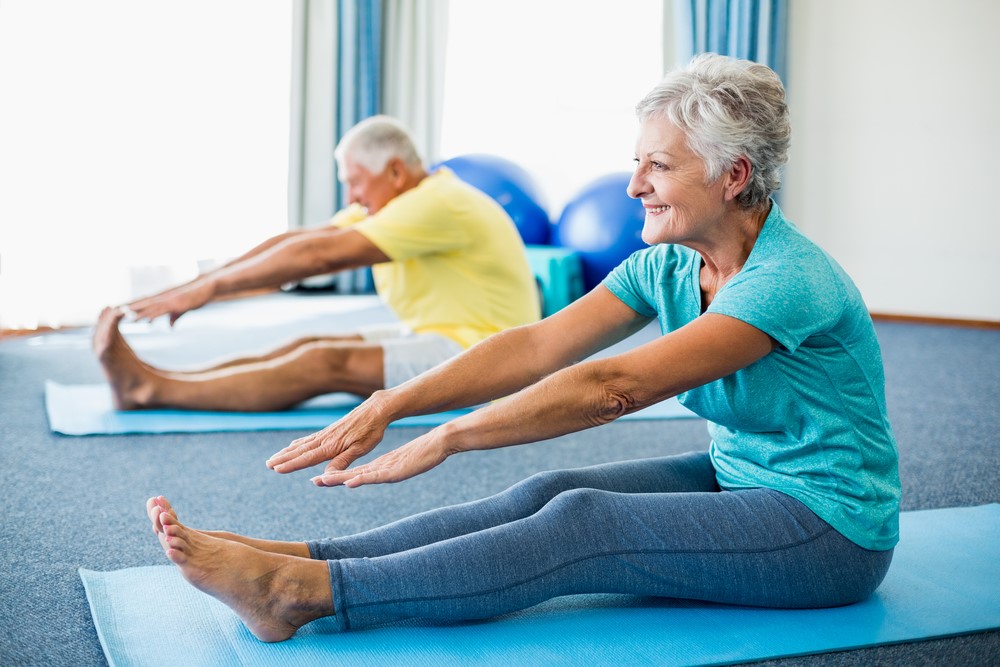
Aerobic
Aerobic exercise involves getting your heart and breathing rate up. These exercises help improve your cardiovascular fitness and also help you maintain a healthy weight by burning fat. This type of exercise is beneficial for conditions such as diabetes, cardiovascular disease and lung conditions.
In order to have an effect it is recommended to exercise continuously for at least 30 mins, 4-5 times per week. To ensure you are exercising at the right intensity you should be at roughly 60% of your maximal exercise capacity. Another quick way to quickly gauge this is you should be able to talk but not sing during your work out.
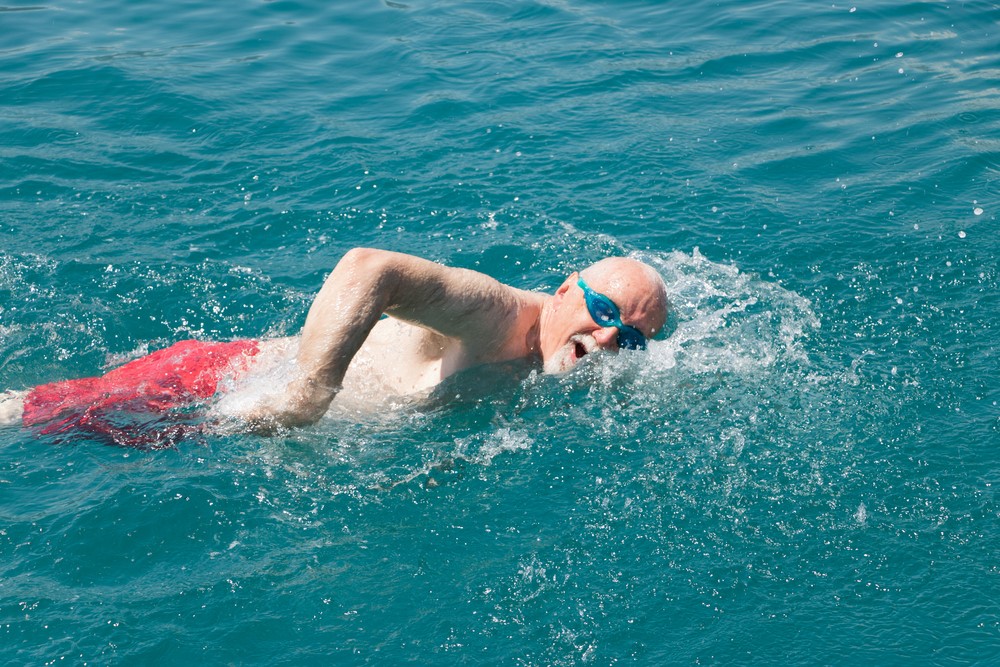
Balance
This type of exercise involves performing smooth controlled movements and weight transfers, a good example is Tai Chi. These exercises are beneficial to those people who are at high risk for falls (i.e. elderly and frail) and neurological conditions (i.e Parkinson’s disease).
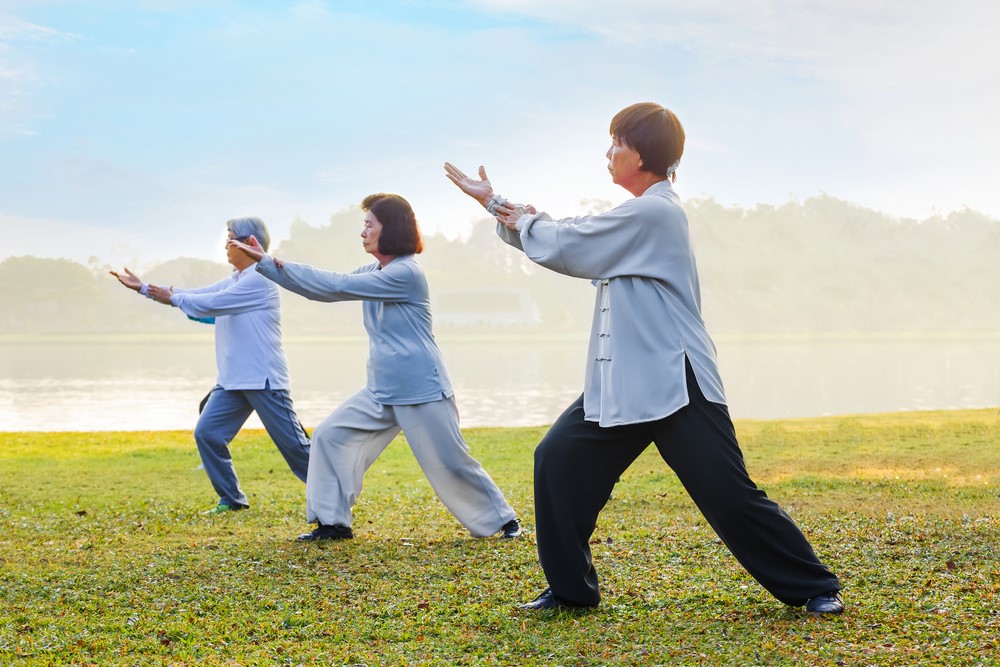
Other Considerations
- Start off SLOWLY and GRADUALLY, injuries can often arise from increasing exercise intensity too quickly.
- Choose activities you enjoy. You are more likely to stick to an exercise routine that’s fun, it shouldn’t be a chore!
- Exercising with other people can often make the experience more enjoyable and motivating.
- Wear good supportive footwear
- Walking on flat surfaces will place less strain on your joints than sloping surfaces
- Low impact exercises such as hydrotherapy and cycling are often a good alternative for people with joint and lower limb problems.
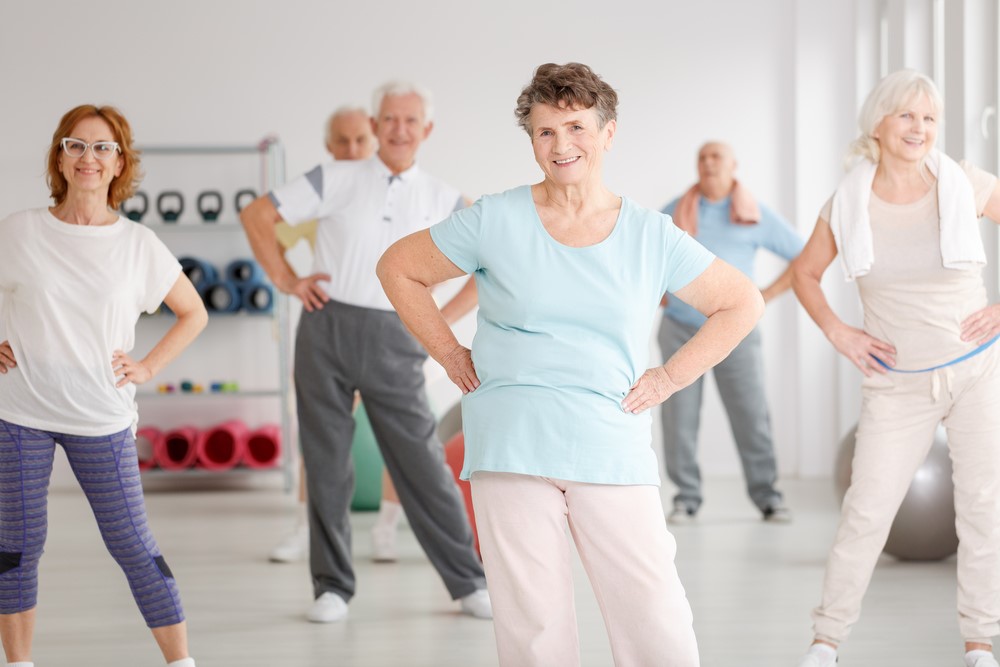
Please keep in mind the information provided is general in nature and should not be used as a substitute to consult your treating health professional. If you have any specific questions or require assistance with your individual treatment requirements please do not hesitate to contact MyFamily Physio Mona Vale, Northern Beaches Sydney.